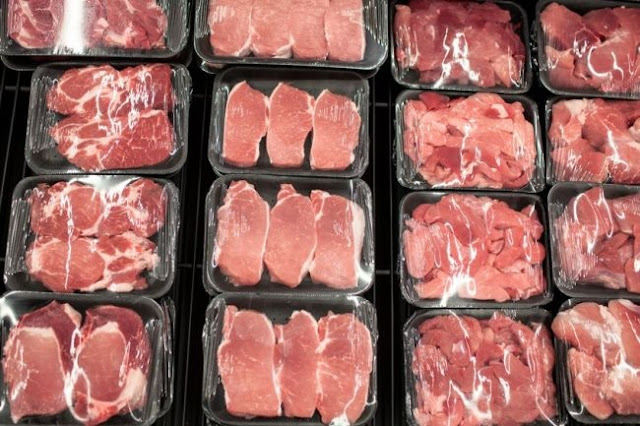[Coffee Screaming, Eco-friendly 2] From scrap collection to production...Farms and stores are "win-win"
Manufactured from logistics, collection, and factory compost
- Support Completed Compost Farms over about three months-A large number of agricultural products are developed by store products.
-"Resource Circulation" and"Wonduri Cycl" Models
#. Logistics vehicles visit and collect coffee scraps from 1,000 stores nationwide at least two to three times a week. The collected waste will be collected in four warehouses, including Gyeonggi Province, and will be manufactured as compost at factories through specialized companies. Completed compost will be provided to local farmers after a production period of about three months. These harvested agricultural products are developed into various products and delivered and sold to stores nationwide.
<Picture 11 Recycling of coffee grounds is developing in a win-win direction for local farmers and stores, including support for discharge and compost, and production of delivery products. The photo shows the virtuous circle of coffee scrap resources at Starbucks. [Provided=Starbucks]
It is a 'resource circulation model' of Starbucks pilot project that started in April 2016.
According to an industry on the 9th, recycling coffee grounds has a virtuous circle of resources ranging from emissions to compost support and production of delivery products, and is effective in creating new value-added products that can be "win-win" for both local farmers and stores.
Coffee residues are suitable for natural fertilizers as they are rich in nitrogen, phosphoric acid and potassium needed for plants to grow and have no heavy metal components. This is because mixing soil and coffee grounds in a ratio of about 9:1 can prevent insect infestation and become a natural fertilizer with high organic content. This not only protects the environment by recycling coffee scraps that had been sold or incinerated, but also leads to profit-making and product development for farmers. This means that coffee grounds are being used as a new win-win model with farmers.
The photo of Angel-in-us Coffee, run by Lotte GRS, at the site of the "Wondoo Recycle Campaign." Angel-in-us Coffee provides 240 tons of fertilizer annually to Jeju farmers. [Provided = Lotte GRS]
Starbucks estimated that the donation of coffee grounds compost, which began in 2015, has exceeded 500 million won by this year. Starting with 10,000 packages in 2015, the amount of donations increased to 31,000 in 2016 and 41,000 last year. This year, a total of 46,000 packets of coffee scrap compost will be donated to farms across the country, including 320 tons, the amount that can be distributed to some 600,000 pyeong of farmland in Pyeongtaek, Gyeonggi Province.
Rice and agricultural products harvested from compost of coffee grounds have been developed into various food products and are sold at stores nationwide. Some of them are 'rice chips' and 'sweet potatoes in one bite'. Coffee scraps that have returned to nature from the store will return to the store. Starbucks has sold more than 4.1 million products in total by 2016.
Jeju farms, which are supported by Angelinus' coffee fertilizer, are also saving 1.6 billion won worth of purchase costs annually. In particular, special agricultural products produced using coffee fertilizer were delivered as raw materials for Angel-in-us Coffee, which expanded the market for farmers. Angelinus' "Hallabong Ade" and others are examples.
"We are supporting the harvesting of high-quality crops through continuous soil improvement," said a Lotte GRS official who runs Angel-in-us Coffee. "We reproduce coffee scraps, which are waste, as fertilizer and call them 'wondoo recycling'."



Comments
Post a Comment